Where
to visit
As well as offering outstanding outdoor activities in central Andalucía, easy Granada and Córdoba day trips and a Unesco-protected natural park, the Sierra Subbética is crammed with intriguing cultural, historical and architectural riches. This beautiful olive-growing area has been inhabited since pre-Roman times, and many of Córdoba’s prettiest pueblos blancos (white villages) sit along what was once the ever-changing frontier between Islamic and Christian Spain, with ancient castles telling their stories along the Ruta del Califato.
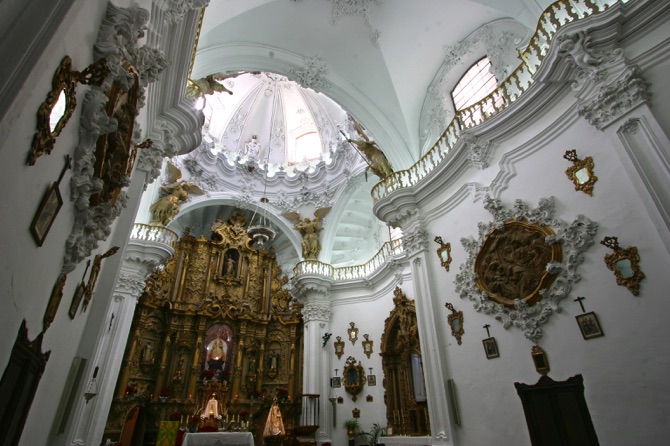
Priego de Córdoba: Baroque Andalucía
Home to southern Spain’s most dazzling collection of Baroque architecture (and the world’s finest olive oil), the white town of Priego de Córdoba on the east side of the Subbética mountains made its fortune in textiles and silks in the 18th century. Baroque churches, mansions, convents and plazas dot its whitewashed, geranium-studded streets, in the shadow of a medieval castle overlooking the Salado river. Wander past jewels of Spanish Baroque, such as the Parroquia de la Asunción, the Iglesia de la Aurora and the Fuente del Rey, then pop into a low-key tapas bar for an an ice-cold caña (small beer) or a glass of fino (the local Montilla sherry).
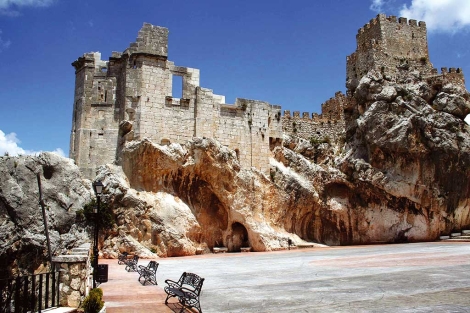
Zuheros and its Moorish castle
Perched on the northern fringes of Córdoba’s Parque Natural Sierras Subbéticas, overlooking a sea of olive groves, the impossibly picturesque white village of Zuheros is loved for its ninth-century crag-top Moorish castle, which was extended over the centuries. There are superb undiscovered hiking routes in the surrounding nature reserve, and the Vía Verde del Aceite – once the Olive Train railway line, now a popular cycling and walking greenway – swings past Zuheros on its way across Córdoba province. Don’t miss the famous Sierra de Zuheros goat’s cheese and the mid-September artisan cheese fair.
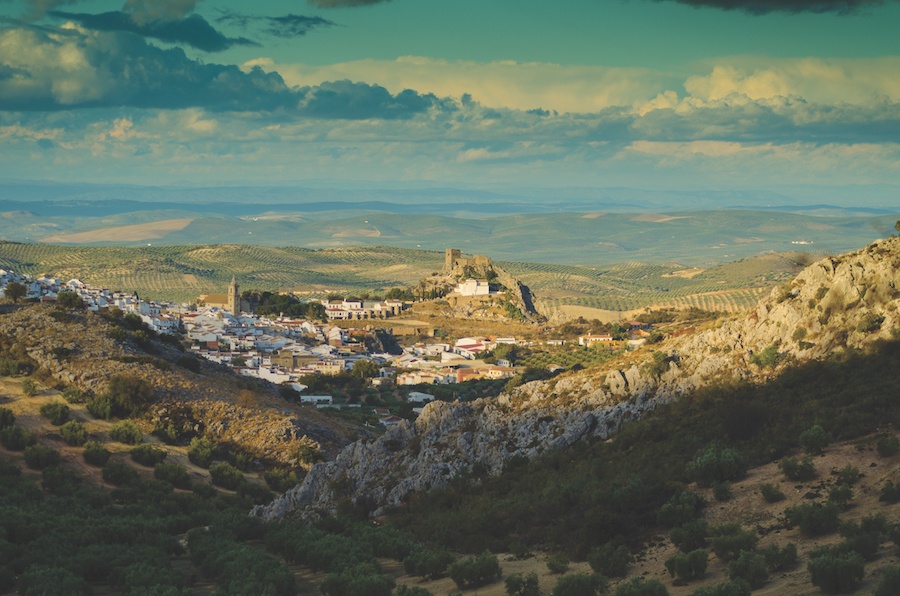
Ancient Luque
A ruined Nasrid-era castle looms over Luque, one of the Subbética’s oldest towns, on the northern edge of the natural park and just off the N432 road between Granada and Córdoba. You’ll uncover spectacular Neoclassical and Baroque Andalucian architecture as you roam the slopes here, along with a smattering of Neolithic and Roman archaeological remains, all with views sprawling across olive plantations and craggy hills in every direction.
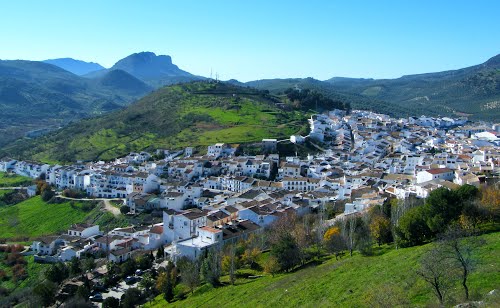
Castle-topped Carcabuey
At the heart of the Parque Natural Sierras Subbéticas, Carcabuey is surrounded by rugged mountains that reveal walking paths among peaceful oak and olive groves. During Spain’s Roman period, it was one of the region’s most important villages. Clamber up the steps from the main square to the ruined 13th- to 14th-century castle, which swapped back and forth between Moorish and Christian hands for years and now conceals a medieval chapel with Baroque flourishes.
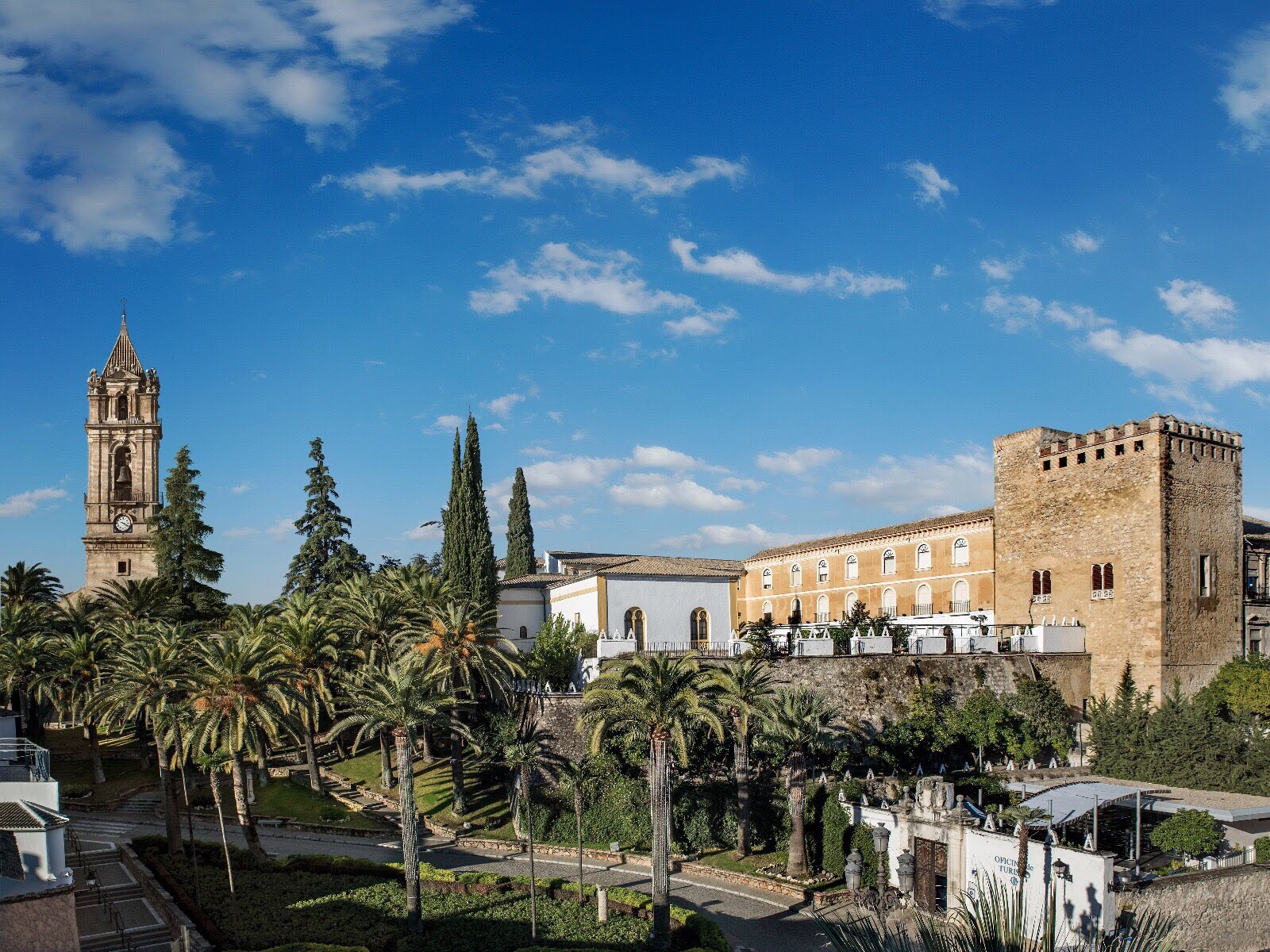
Cabra: the heart of the Subbética
This delightful Córdoban white town happens to be right in the geographical centre of Andalucía, on the western fringes of the Sierras Subbéticas natural park. On a wander through its pretty whitewashed streets you’ll admire fine Andalucian Baroque architecture and a Moorish-origin fortress, while some of Córdoba’s best hiking and biking trails await in the protected mountains of the surrounding Unesco Geopark.
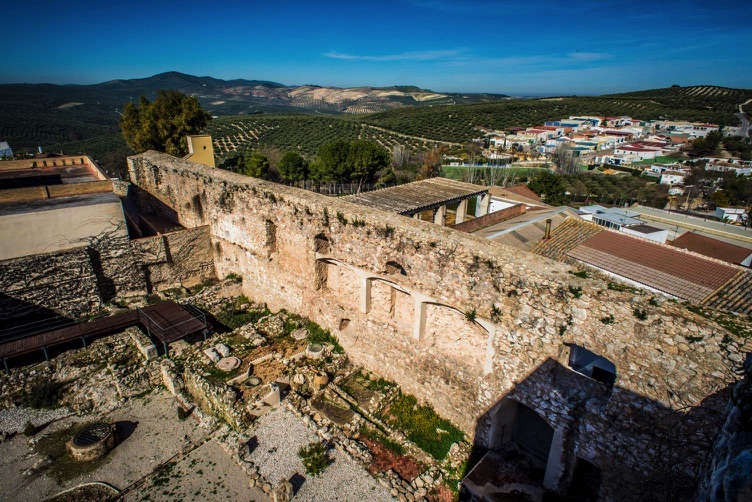
Local legends in Doña Mencía
Wrapped in mystery, Doña Mencía takes its curious name from the wife of medieval nobleman Álvaro Pérez de Castro, and is also the Subbética’s main hub for renting bikes to explore the Vía Verde del Aceite greenway. This white town in central Andalucía is also home to two local gastronomic treats – its golden olive oils are part of the award-winning Denominación de Origen Baena (behind some of Spain’s best olive oils), while its sweet sherry-like wines belong to the celebrated Denominación de Origen Montilla-Moriles.
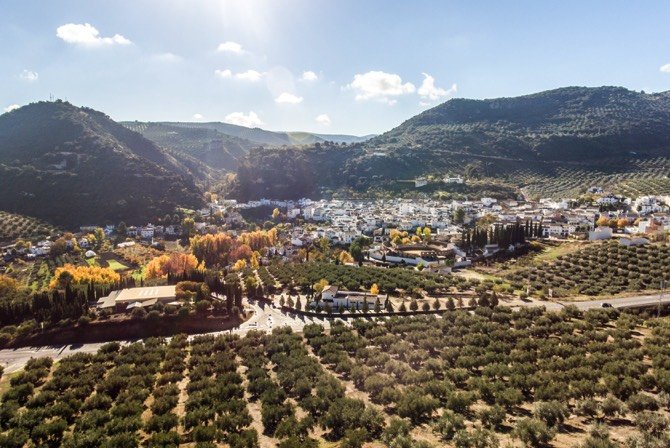
Ancient Roman history in Almedinilla
Over in the eastern reaches of southern Córdoba’s Subbética, near the border with Jaén and Granada, the picturesque riverside white town of Almedinilla is home to one of Andalucía’s most important Roman archaeological sites. The first- to seventh-century El Ruedo Roman Villa is the largest ever unearthed on the Iberian peninsula, with intriguing mosaics, and there are delightful local rural hotels from which to explore. On a hill above the town, you can visit one of the very few excavated (pre-Roman) Iberian settlements in Andalucía, the Poblado Íbero Cerro de la Cruz.
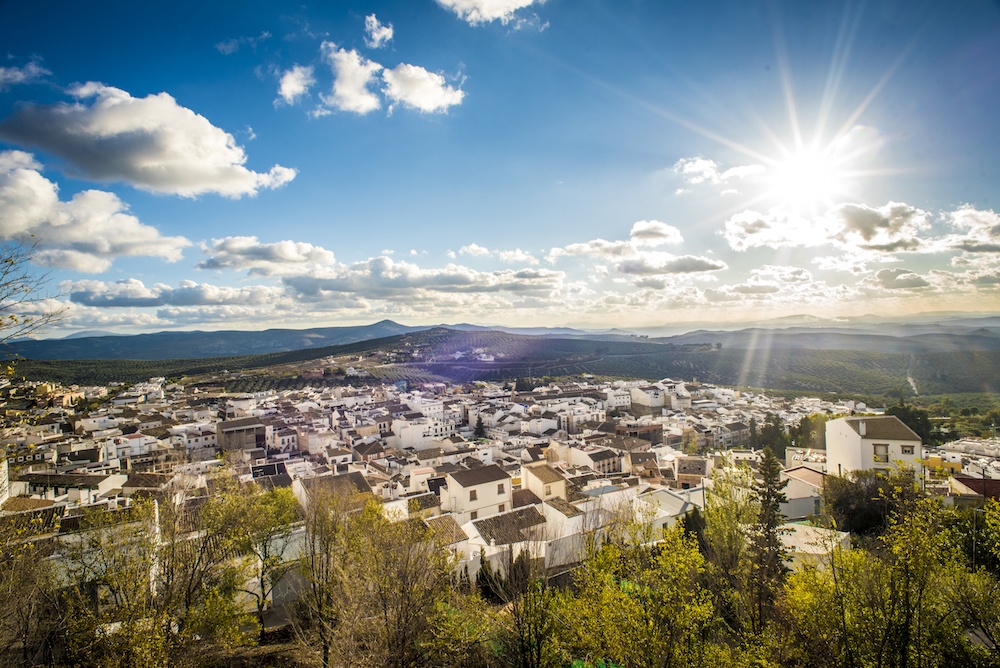
Rute: Capital of anís
Backed by jagged olive-covered mountains, near Iznájar lake in far-southern Córdoba province, Rute is a white town with a taste for aromatic anís (an anise-flavoured liqueur), which has famously been made here since the 17th century. Meander through its ancient distilleries and stock up on local mantecados (a Christmas-season shortbread) and jamón serrano, before diving into intriguing historical sights that include fine Baroque churches and a ruined 15th-century Moorish castle.
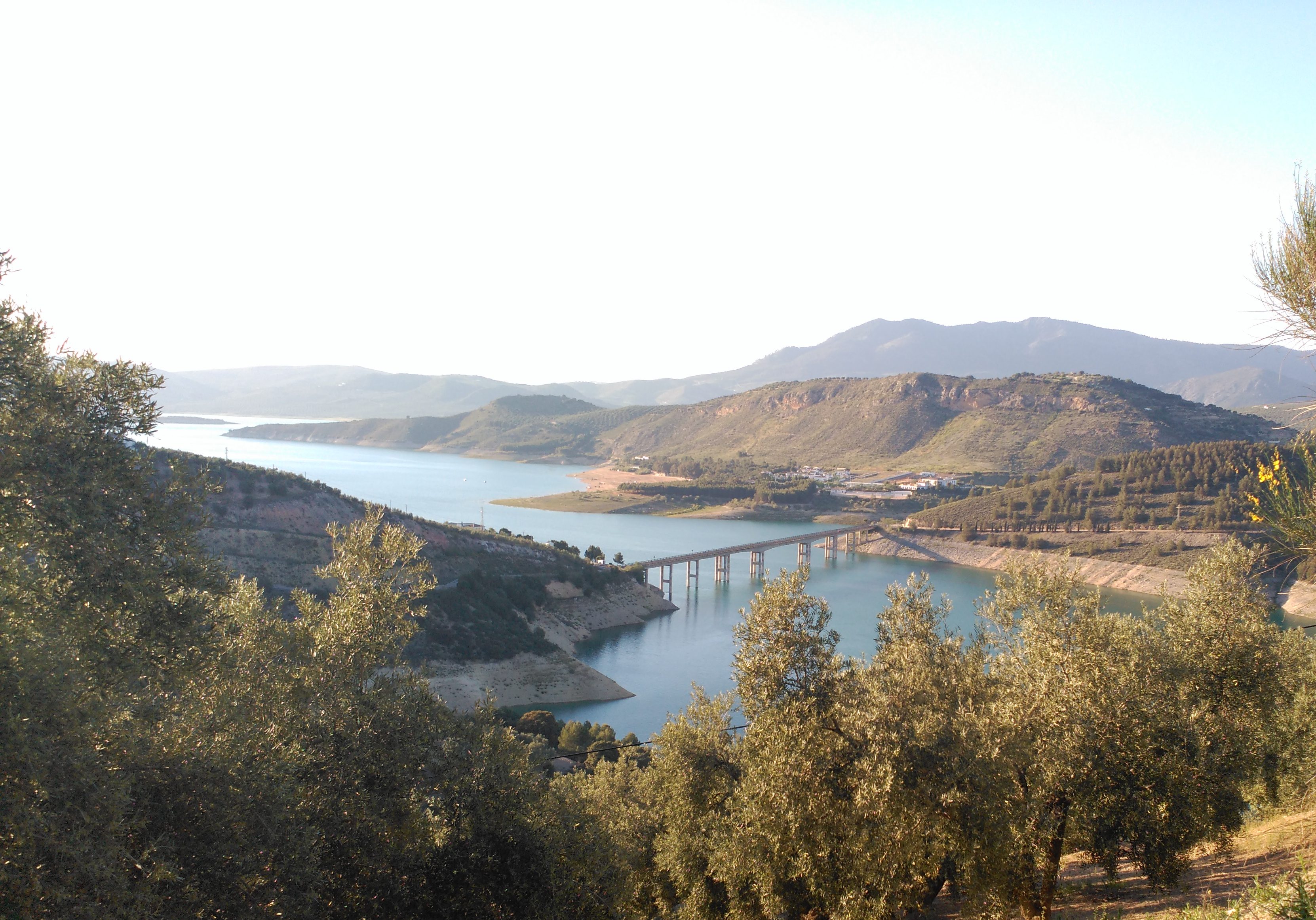
Adventure activities in Iznájar and Benamejí
Some of Córdoba’s white villages double up as fantastic adventure activity destinations. Iznájar enjoys a spectacular setting high on a hill surrounded on all sides by the emerald-green waters of the Lago de Andalucía, the region’s largest reservoir, where a Roman-era almazara (olive press) has been found. Here you can try all kinds of water sports, from kayaking and SUP to sailing and windsurfing, before visiting the town’s Moorish castle and heading out on hikes through the olive fields. Nearby Benamejí offers adrenalin-addled rafting along the Genil river, paired with exquisite Renaissance architecture, all near the Málaga border.
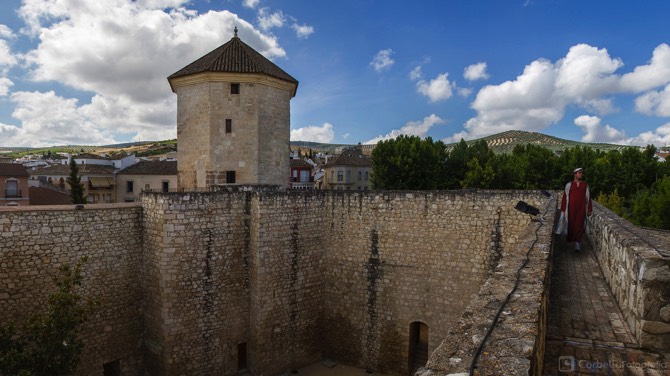
Jewish heritage in Lucena
The lively town of Lucena, just west of the Sierras Subbéticas natural park, is known for its medieval Jewish relics and inventive tapas scene. In 2006, local roadworks stumbled across one of Spain’s most important medieval Jewish necropolises (also one of the best-preserved in Europe), with around 350 graves from the 10th and 11th centuries. Combine a journey through Lucena’s Jewish history with exploring the ancient juderías (Jewish Quarters) in nearby Granada and Córdoba, both within an easy drive of the Subbética area.




